The anteater lives in Central and South America. A large mammal, the anteater can weigh up to 40 pounds and reach 2 meters in length. Its fur is gray or brown and thicker on its long tail. Its feet have very strong claws and its tube-shaped muzzle is devoid of teeth or jaws.The anteater does not need to chew large chunks of food, because it feeds on insects, primarily ants as its name suggests. The anteater has a very developed sense of smell, which enables it to locate hidden underground nests. When it finds an anthill, it uses its claws to dismantle it. It catches the ants with its long and sticky tongue. The anteater plunges its tongue into the nest, trapping hundreds of bugs at once: then retracts it, swallowing its prey.
The anteater maye eat up to 300,000 ants per day. Its diet is low in nutrients, just enough to keep the large animal healthy.
For this reason, the anteater has to conserve energy and sleeps 15 hours a day. In addition, its metabolism is very slow. It also has an exceptionally low body temperature for a mammal at 32 degrees. The anteater is a solitary animal. Males and females gather together specifically for mating purposes, which can occur at during any season of the year. After roughly six months, the female gives birth to a single offspring that will stay with her for the next two years. The life expectancy of an anteater is about 25 years.
To defend themselves from carnivores, the anteater rears up on its hind legs and strikes its predator with its upper limbs. When the anteater is in this position, one could mistake it for a human at a distance. This is probably the reason for the myth of the Mapinguari: a legendary South American monster similar to the yeti.
The anteater maye eat up to 300,000 ants per day. Its diet is low in nutrients, just enough to keep the large animal healthy.
For this reason, the anteater has to conserve energy and sleeps 15 hours a day. In addition, its metabolism is very slow. It also has an exceptionally low body temperature for a mammal at 32 degrees. The anteater is a solitary animal. Males and females gather together specifically for mating purposes, which can occur at during any season of the year. After roughly six months, the female gives birth to a single offspring that will stay with her for the next two years. The life expectancy of an anteater is about 25 years.
To defend themselves from carnivores, the anteater rears up on its hind legs and strikes its predator with its upper limbs. When the anteater is in this position, one could mistake it for a human at a distance. This is probably the reason for the myth of the Mapinguari: a legendary South American monster similar to the yeti.
RELATED


THE PRAYING MANTIS
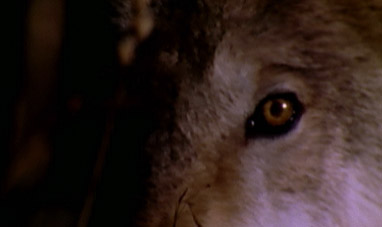

WOLF


HYDROPOWER
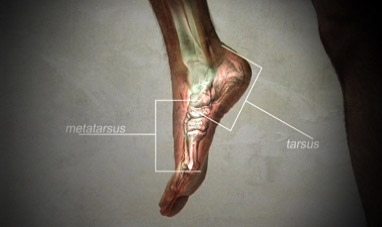

THE FEET


SUPERNOVAS
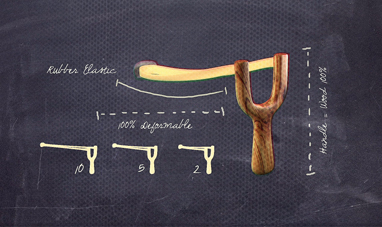

NATURAL RUBBERS
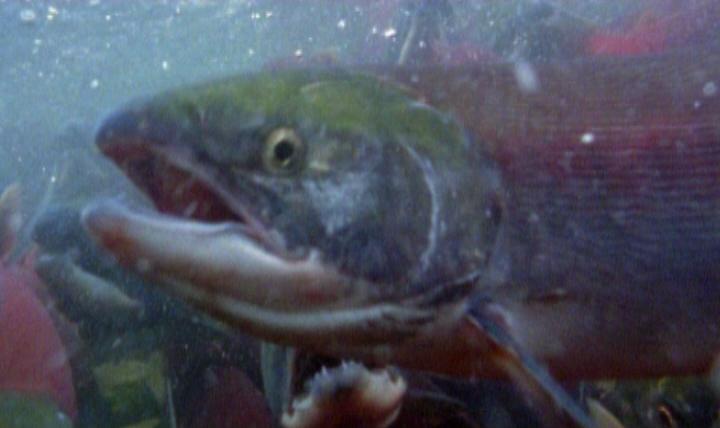

SALMON
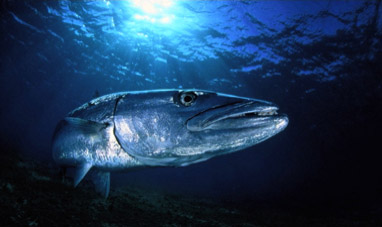

BARRACUDA


THE DIGESTIVE SYSTEM


TWITTER


AMAZON
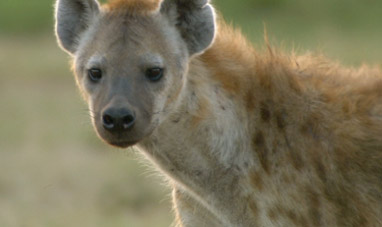

HYENA
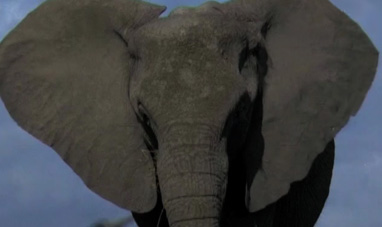

ELEPHANT


CHEMICAL BONDS
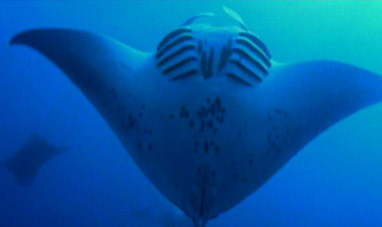

MANTA RAY


ELECTRIC CAR


TEETH
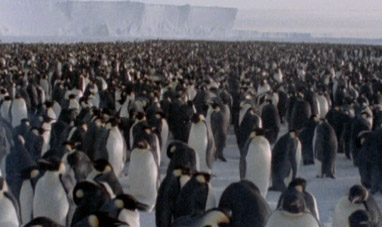

PENGUIN


THE HEISENBERG PRINCIPLE
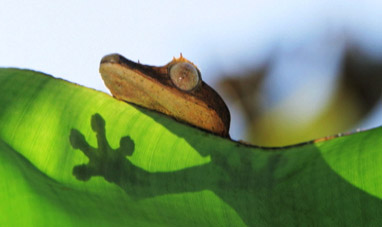

GECKO


CATERPILLAR
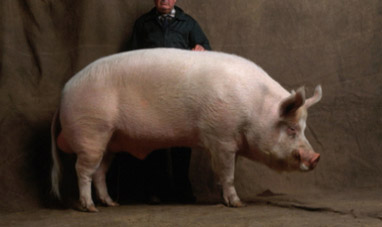

PIG
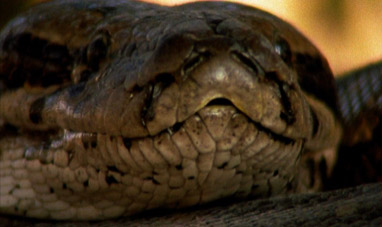

BOA


RIVERS
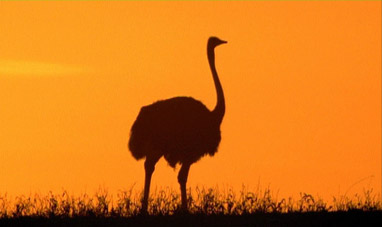

OSTRICH
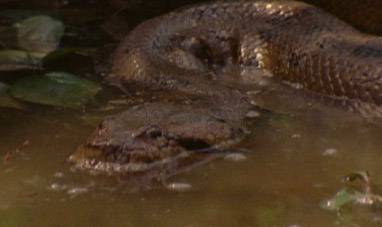

ANACONDA


LOTUS PLANT
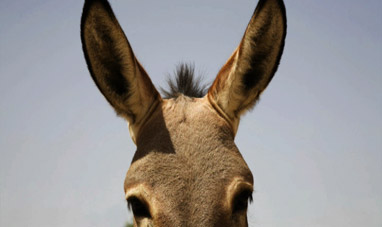

DONKEY
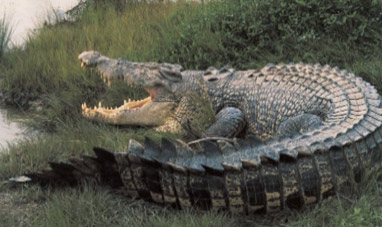

CROCODILE
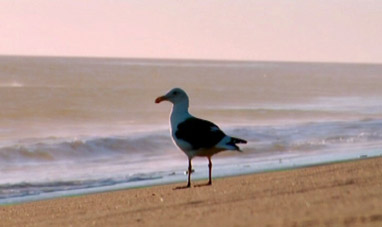

GULL
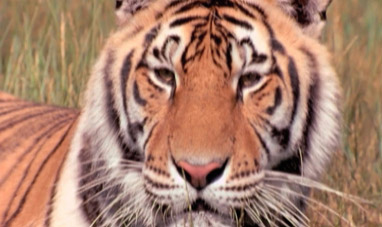

TIGER
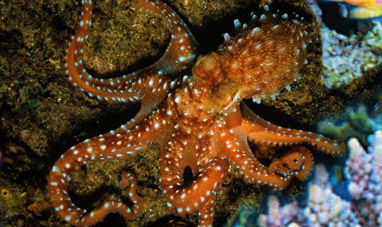

THE OCTOPUS
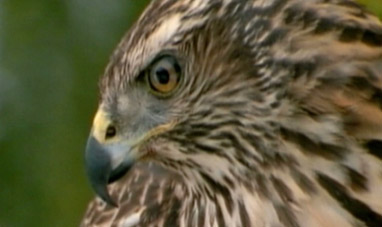

FALCON
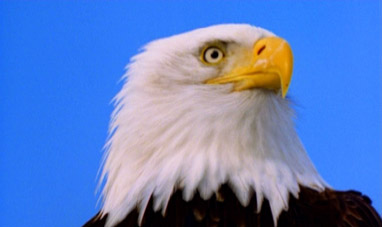

EAGLE
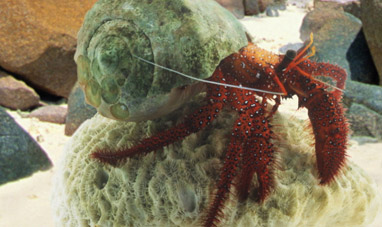

HERMIT CRAB


COMMON COLD
